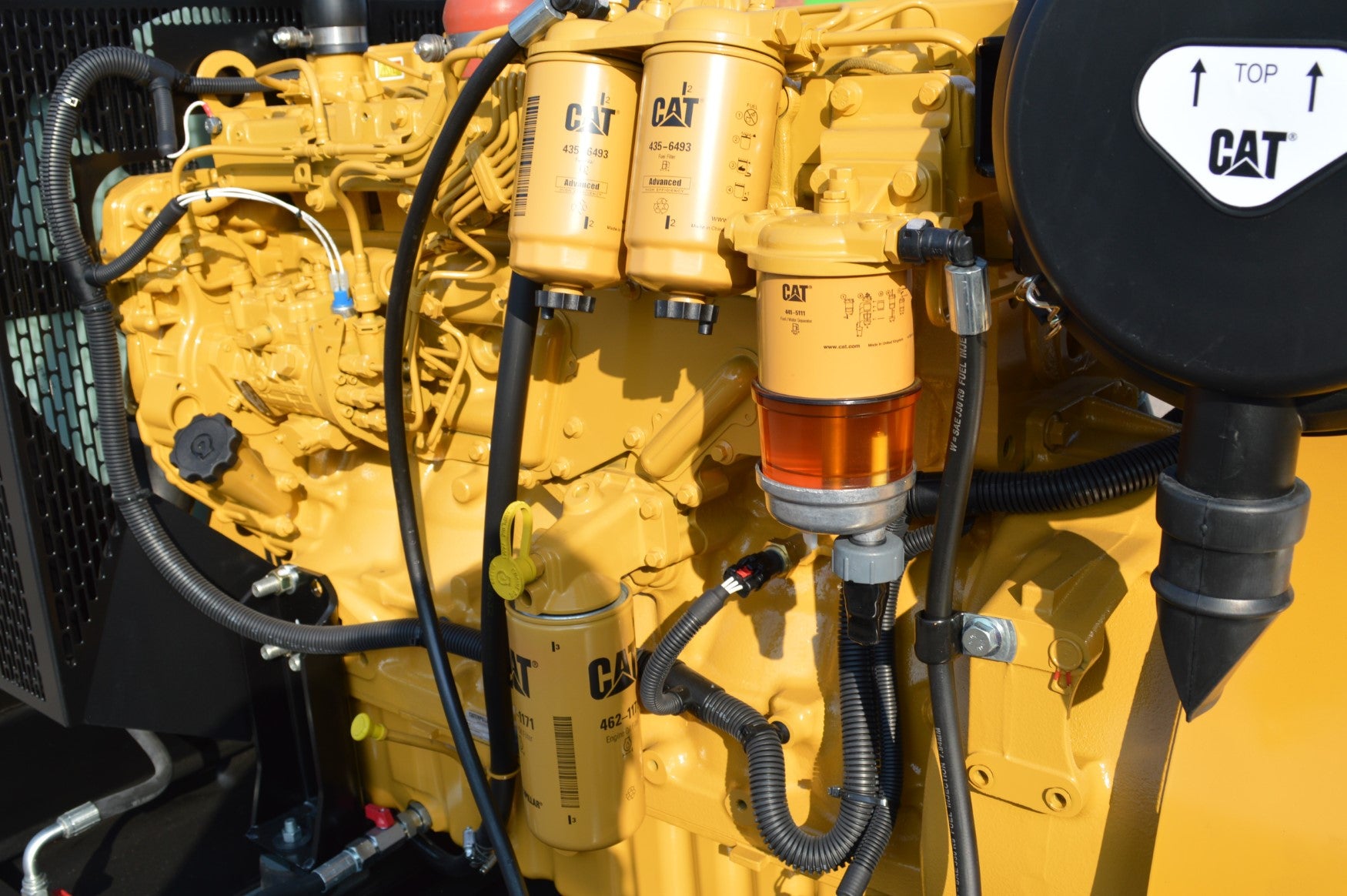
Why Power Factor Matters
When discussing electrical systems, terms like voltage, current, and wattage are familiar. But there’s another essential concept that often goes unnoticed, power factor. For businesses relying on diesel generators or large electrical setups, understanding power factor is crucial for efficiency, cost savings, and performance.
At GFE Power Products, we believe knowledge is power. Whether you’re specifying a new generator or troubleshooting an existing system, power factor is a concept that can’t be ignored. This article explains what power factor is, why it matters, and how it affects your equipment and energy costs.
What is Power Factor?
Power factor is the ratio between real power (kW) that actually does work and apparent power (kVA) that is supplied to the circuit. It indicates how effectively electrical power is being converted into useful output.
Mathematically:
Power Factor = Real Power (kW) ÷ Apparent Power (kVA)
Power factor is expressed as a decimal between 0 and 1 (or as a percentage). A power factor of 1.0 (or 100%) means all the power supplied is being used effectively. Anything below that means inefficiencies are present.
Why is Power Factor Important?
Power factor is the ratio of real power (kW) to apparent power (kVA). It is a measure of how effectively electrical power is being used. A power factor of 1 (or 100%) means all the power is being effectively converted into work. However, in real-world scenarios, power factor is often less than 1 due to inductive loads such as motors and transformers, which cause a phase shift between voltage and current.
A low power factor indicates poor utilisation of electrical power. This can lead to increased demand charges from utility companies, overheating of equipment, and reduced capacity of the electrical system. Improving power factor through power factor correction methods, such as installing capacitors, can enhance energy efficiency, lower electricity bills, and prolong equipment life.
What Causes a Low Power Factor?
Most commercial and industrial facilities use equipment like:
• Electric motors
• HVAC systems
• Welding machines
• Transformers
These types of inductive loads draw reactive power (kVAR) in addition to real power. Reactive power doesn’t do any useful work, it just sustains the magnetic fields necessary for equipment to operate. As reactive power increases, the apparent power increases, lowering your overall power factor.
Common causes include:
• Undersized motors operating under light loads
• Old or inefficient transformers
• Long electrical cable runs
• Large inductive machines starting frequently
Why Should You Care About Power Factor?
- Reduced Generator Efficiency
When you're using a diesel generator, poor power factor can mean your generator is not working at its full potential. For example, a generator rated at 100kVA with a power factor of 0.8 is only delivering 80kW of usable power. If the power factor drops to 0.6, it can only deliver 60kW,even though you're still supplying the full 100kVA. That means you're burning fuel and increasing engine wear without delivering more usable electricity. - Increased Electricity Costs
Utility companies often impose penalties or kVA-based charges if your power factor falls below a certain threshold (commonly 0.9 or 0.95). That’s because the supplier has to deliver more apparent power (kVA) to meet your real power (kW) needs. - Overloaded Systems
Low power factor results in higher current flow through your electrical infrastructure. This can:
• Overload cables
• Trip breakers
• Cause transformers and switchgear to overheat
• Lead to voltage drops and equipment failure - Limits Generator Sizing
When choosing a generator, apparent power (kVA) dictates the size of the unit. If your system has a poor power factor, you’ll need a larger generator to handle the same real power. That increases both capital expenditure and operational costs.
Power Factor Correction: What Can You Do?
Improving power factor is usually a smart investment. The most common approach is power factor correction using capacitors or synchronous condensers.
Common solutions include:
- Capacitor Banks: These provide reactive power locally, reducing the load on the generator or utility supply.
- Automatic Power Factor Correction (APFC) Panels: Ideal for varying loads, these automatically adjust correction based on system needs.
- Harmonic Filters: Used where distortion from variable speed drives or other nonlinear loads complicates correction.
Power Factor in Generator Applications
If you’re specifying a new generator or reviewing your existing setup, always take power factor into account. Most generator sets are rated at a power factor of 0.8, which is considered the industry standard for standby and prime power applications.
At GFE Power Products, we help customers:
- Understand real vs. apparent load requirements
- Choose generator sizes that suit actual power demands
- Avoid overspending on oversized generators
- Extend the life of equipment through better efficiency
Don’t Let Power Factor Be an Afterthought
A poor power factor can cost you, in performance, energy efficiency, and money. But with the right planning and equipment, it's a problem that can be easily solved. Whether you’re powering a data centre, construction site, manufacturing plant, or remote facility, power factor plays a critical role in optimising your system.
At GFE Power Products, we offer expert advice on diesel generator sizing, power factor correction, and full power solutions tailored to your business. Get in touch with our team to assess your current setup and make sure you’re getting the most out of your power.
Phone: +44 (0)1386 335007
Email: sales@gfepowerproducts.com



